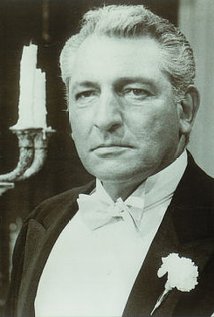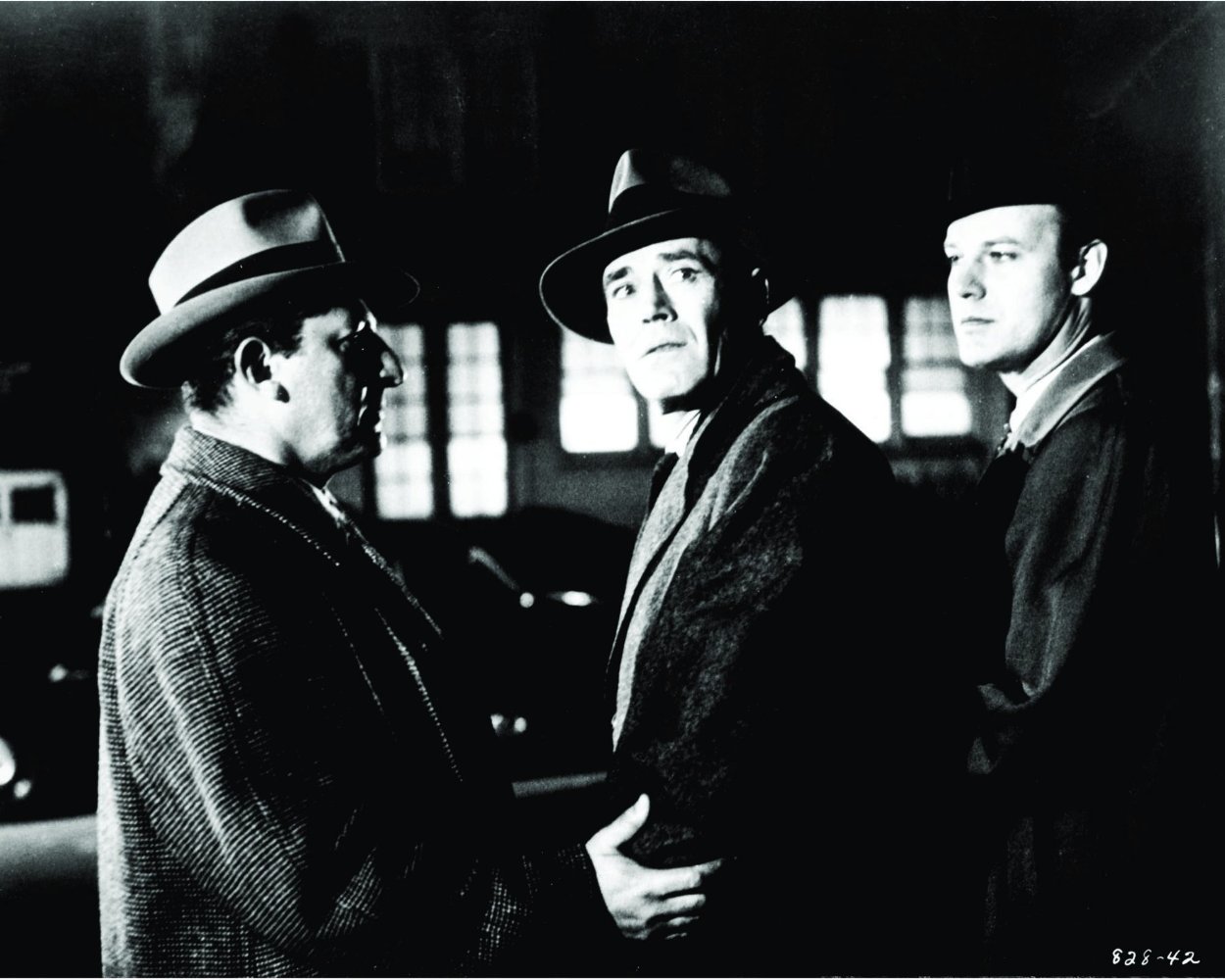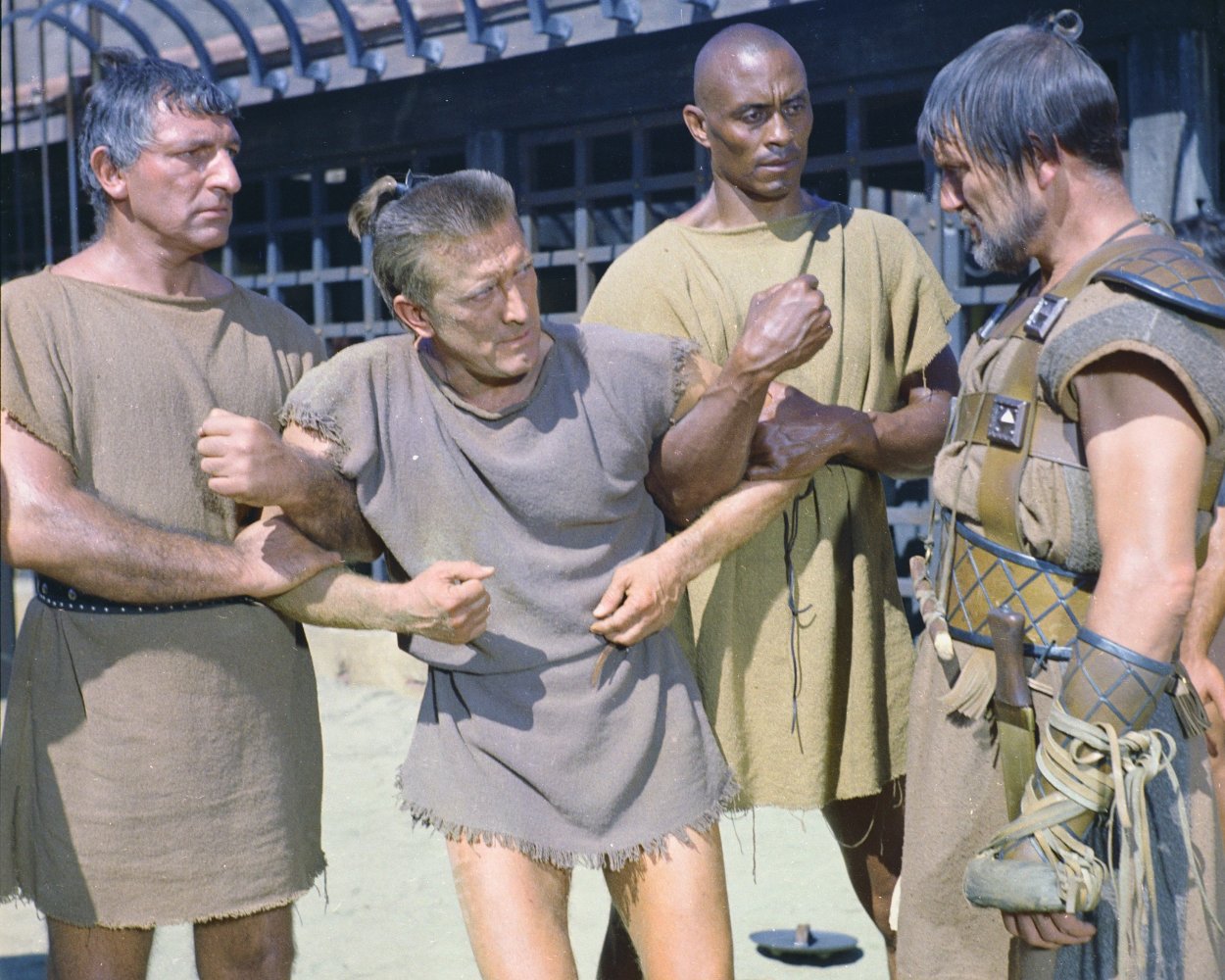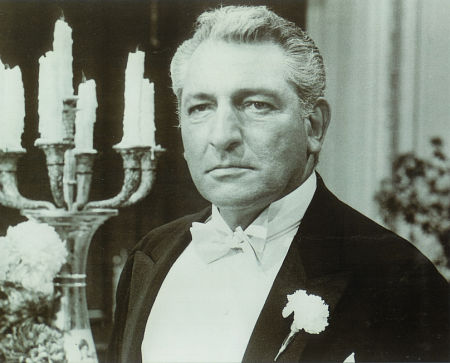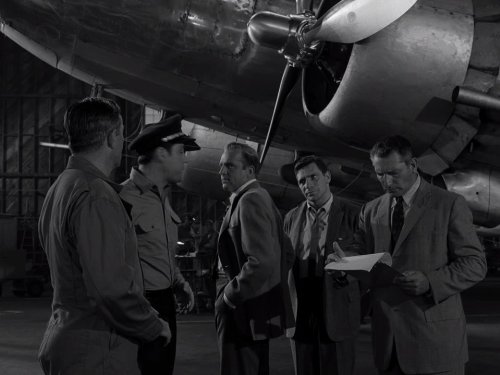Never a big name but always a reliable staple on TV crime shows during the 1960s and 1970s, Harold J. Stone usually was seen in a strong, unsympathetic vein -- an unyielding father or husband, corrupt businessman, menacing crime figure, etc. A sober-looking gent with a block jaw, Romanesque-styled nose and steely gray-black hair, he was also prone ...
Show more »
Never a big name but always a reliable staple on TV crime shows during the 1960s and 1970s, Harold J. Stone usually was seen in a strong, unsympathetic vein -- an unyielding father or husband, corrupt businessman, menacing crime figure, etc. A sober-looking gent with a block jaw, Romanesque-styled nose and steely gray-black hair, he was also prone to playing ethnic types of varying origins.Born Harold Jacob Hochstein in New York City on March 3, 1913, the scion of a Jewish acting family who established themselves in the Yiddish theater, Stone started on stage with his father as a child. He once entertained a career in medicine, attaining a BA degree at the University of Buffalo Medical School, but acting proved too strong a desire. After initially finding work in radio, Stone made his Broadway bow with "The World We Make" (1939), which led to other productions such as "Morning Star" (1940) and "A Bell for Adano" (1944). His early work in New York on stage and TV eventually paved the way to a modest character career in movies and a move to Hollywood.In the 1950s Stone began to provide a minor, shady presence in such "A" films as Humphrey Bogart's The Harder They Fall (1956), Alfred Hitchcock's The Wrong Man (1956), the Rocky Graziano biopic Somebody Up There Likes Me (1956), the ultimate gladiator spectacle Spartacus (1960) and the gangster epic The St. Valentine's Day Massacre (1967) in which he played Chicago mobster Frank Nitti. He also played a no-nonsense foil to good friend Jerry Lewis in a few of his wacky 60s comedies. None of these, however, did much to improve his standing. Television, on the other hand, became a strong and steady medium for Stone, and he became a fixture in hundreds of police dramas including _"77 Sunset Strip" (1958/I)_, Naked City (1958), The Untouchables (1959), Mannix (1967), Mission: Impossible (1966), The Rockford Files (1974) and Kojak (1973). He was once Emmy-nominated for a dramatic guest role.Left a widower by his first wife Joan in 1960, by whom he had two children, he continued to work primarily on episodic TV into the mid-1980s before retiring and settling down with his second wife Miriam (from 1962), who bore him another child. He died in Woodland Hills, California at age 92.
Show less «

